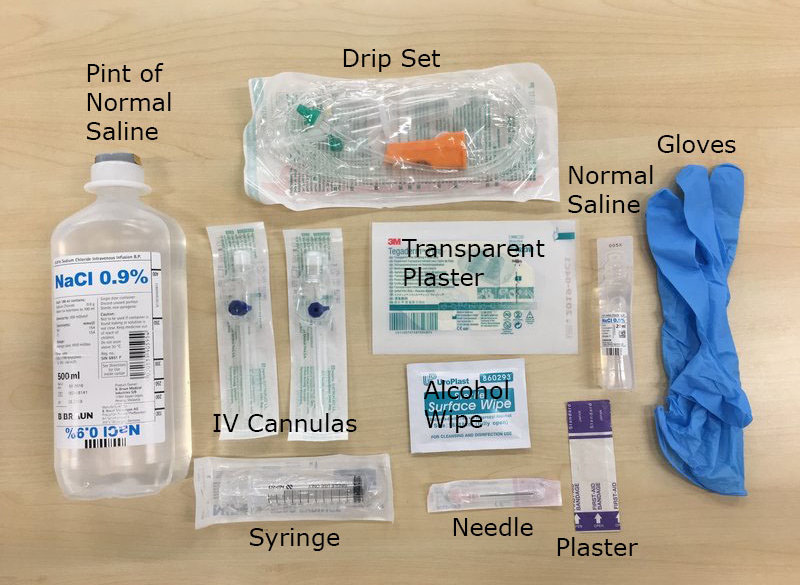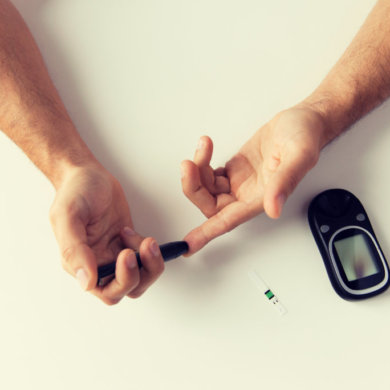Imagine the following scenario: It is 8 pm and after her shower, your elderly mother accidentally dislodged her feeding tube. In a panic, you rush her to the nearest A&E. However, when you arrive, you realise that there are 20 people in the queue in front of you, meanwhile, your mother struggles with the uncomfortable tube. After a long four hour wait, it is close to 1 am and you have to leave for work in a few hours. Finally, the doctor finally calls your number. It takes him 15 minutes to fix the tube. As you leave the hospital you are relieved your mother is alright, but you can’t help but wonder if there was an easier way.
Unexpected Challenges
What do you do when the feeding tube accidentally dislodges or if an abdominal bag needs an urgent change? For many of us, who are inexperienced, and wary of causing pain or more harm to our loved ones, the first thought is to immediately rush to the nearest A&E where long queues await. The stresses of caregiving, travelling and waiting are only aggravated by the sight of the elderly loved one suffering alongside. But why should something as simple as a change of the feeding tube be such a stressful event? Managing clinical devices at home is preferred to waiting in long queues at the hospital at all hours of the day and it is possible with home care nursing. Ultimately, the aim is to help the patient recuperate in comfort.
The use of clinical devices is quickly migrating from the hospital into our homes. Common home clinical devices you may know about are blood pressure machines and glucometers. Today, patients are discharged with more sophisticated ones like feeding tubes, abdominal bags, and ventilators. Advancements in technology mean that the possibility of more in-home clinical devices is on the healthcare horizon. This is especially true in Singapore, which has recently emerged as a hub for clinical devices. However, this is often a double-edged sword as, despite its convenience, having these devices in the home can mean higher caregiver stress and a requirement for closer monitoring.
Help Caregivers Will Need
In the same vein, caregivers also need their fair share of help. In many cases, believing that they are left with little choice, caregivers disrupt or place their lives on hold, often taking leave from work or dedicating all their free time to caring for their loved ones because they feel that no one else would be equipped to handle the task. As one study showed, 84% of home care patients aged 65 years and over require skilled nursing services. However, with home care nurses shouldering some of these medical tasks, caregivers can direct their attention to the emotional and personal needs of their loved ones.
Clinical Procedures at Home
When a patient is discharged with a clinical device, the hospital can only advise on the proper care steps. As there is not much opportunity for follow-up until the next appointment, the caregiver must have a basic knowledge of the device and a backup plan for emergencies. Having a home care service like Jaga-Me’s Clinical Procedures can save patients time and money that would otherwise be spent rushing to the hospital and pay their exorbitant fees. If there are doubts on device care or function, our help is immediate and personalised. The Clinical Procedure allows you to schedule the changing and maintenance of these devices from the comfort of your home.
Award winning Home Care trusted by health professionals – Jaga-Me




